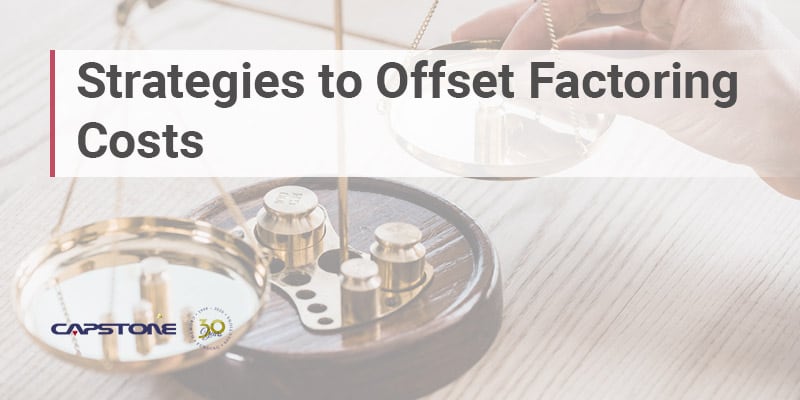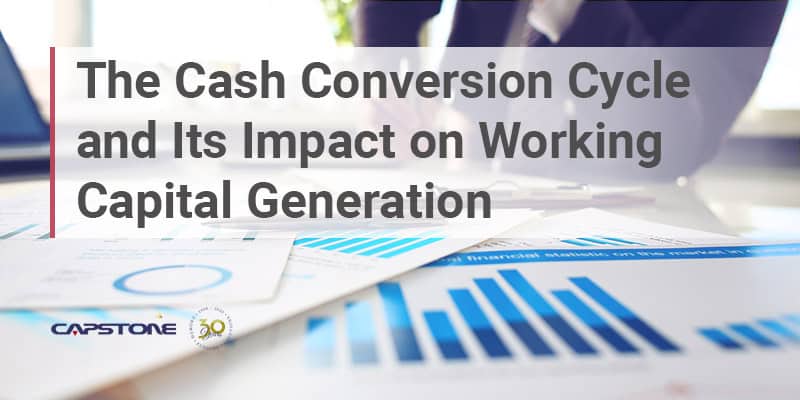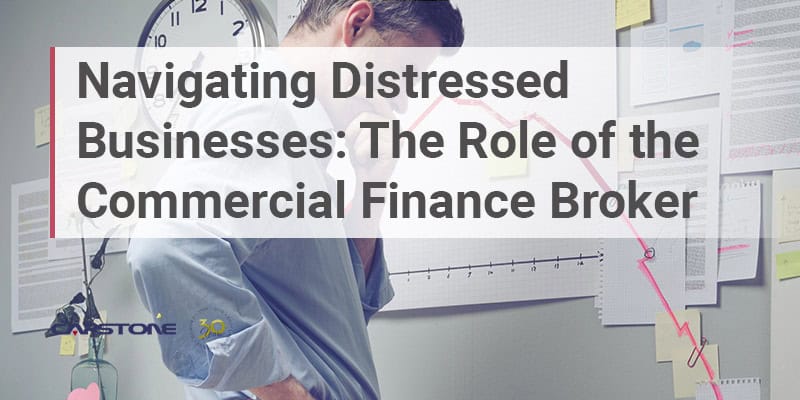Small and medium-sized businesses turn to invoice factoring as a way to manage their cash flow. The ability to obtain immediate cash, instead of waiting 60+ days for their customer to pay an invoice helps business owners fund operations, pay employees, purchase materials and supplies, and also grow their business faster.
Often times, the related costs play an important role in the decision-making process when considering whether or not to use invoice factoring services. There are a number of strategies that can offset factoring costs. The following are several strategies business owners can use to minimize factoring costs:
Factor Fast Paying Customers First
The cost to factor an invoice increases the longer it takes your customer to pay an invoice. A good strategy to offset factoring costs is to factor invoices of customers that pay quickly first. This strategy helps to reduce factoring costs and gets you the balance of the invoice amount less any advance and factor costs sooner to further increase cash flow. If you need more cash flow, you can factor slower paying customers as well.
Stop Offering Early Payment Discounts
When you use invoice factoring, your cash flow is accelerated. There is no reason to continue offering customers a discount (e.g. 2% 10 days, Net 30 days), to pay invoices early. Eliminating early payment discounts can be a substantial savings and boost your profit margins (usually by 1% or 2%) significantly offsetting factoring costs.
Don’t Take the Full Advance Amount if It Is Not Needed
Factoring fees can be prorated based on the amount of the advance taken. For example, if you factor a $10,000 invoice and normally take between a 70% – 80% advance but only take a 50% advance because you don’t need the additional cash flow, the factor fee is going to be less. Good cash management practices help to offset factoring costs.
Delay Submitting Invoices for Factoring
Another strategy to offset factoring costs is to reduce the amount of time an invoice is outstanding by delaying the submission of invoices for factoring. For example, if you invoice a customer with Net 60-day terms but delay submitting the invoice for factoring for 20 days, the factoring fee will be based on 40 days instead of 60 days, reducing the cost to factor the invoice. Check and confirm that this strategy is permitted under your factoring agreement as terms may vary.
Build the Cost of Factoring Into Product/Service Pricing
If you have room competitively to raise prices for products/services, consider building the cost of factoring into your price list. This will increase your gross margins and offset factoring costs. If you can’t raise prices across the board, selective increases will also increase gross margins and may be more palatable to your customers.
Take Early Payment Discounts
Invoice factoring can provide the cash flow that would enable you to take early payment discounts. With the extra cash available from factoring, you can earn a substantial return from early payment discounts. For example, paying an invoice with terms of 2% 10 days, Net 30 days in 10 days means you give up the use of your cash for 20 days in return for a 2% discount. This will earn you a 36% (360 days/20 = 18 X 2%) annualized return and provide a significant offset of factoring costs. It will also help to build a good relationship with your supplier by demonstrating that your business is reliable and financially sound.
Purchase in Quantities Eligible for Discounts
Are you buying minimum order quantities from suppliers even though the cost per unit is much higher and drags your gross margins down because you don’t have the cash flow to purchase quantities that qualify for price discounts? Invoice factoring can give you the cash you need to buy inventory, materials, and supplies in quantities at more favorable prices. This will reduce your product cost and improve gross margins. For example, if you distribute shoes to retailers for $40 per pair that cost you $28 per pair and have a gross margin of $12 or 30%, and you are able to buy larger quantities for $24 per pair, your gross margin will increase to $16 or 40%. Purchasing larger quantities of inventory that you have orders for can provide a substantial offset to factoring costs.
Boost Profits by Funding Additional Sales Volume and Increasing Profit Margins
Invoice factoring can give you the cash flow needed to accept orders that you otherwise might have to decline. Incremental sales boost your profits and cash flow in two ways: the additional profit from the sales volume, and assuming your overhead costs don’t increase with the additional volume, all the profit goes to your bottom line. It is a win-win opportunity that yields additional profits in excess of the factoring costs.
These strategies to offset factoring costs add to the reasons why so many small businesses rely on invoice factoring for their working capital. When considering factoring your invoices, the best thing you can do is work with a factoring company with a proven track record for your industry. Some factors charge more for areas of business they are unfamiliar with, or they avoid businesses they feel are too risky. You should always work with a factoring company offering flexibility in terms.
At Capstone, we offer a variety of programs to meet the needs of our clients. We provide innovative solutions to your business funding needs. Whether you are looking for help factoring invoices for one customer, or for all your customers, Capstone can help. Please contact us or fill out our online form for easy approval.




